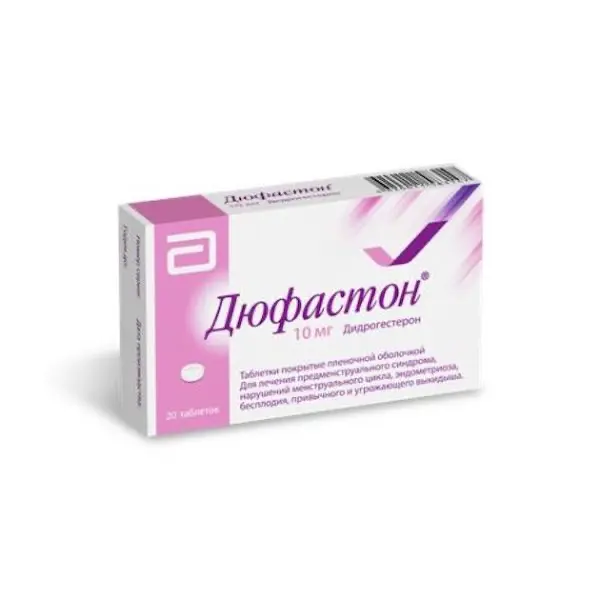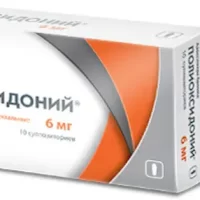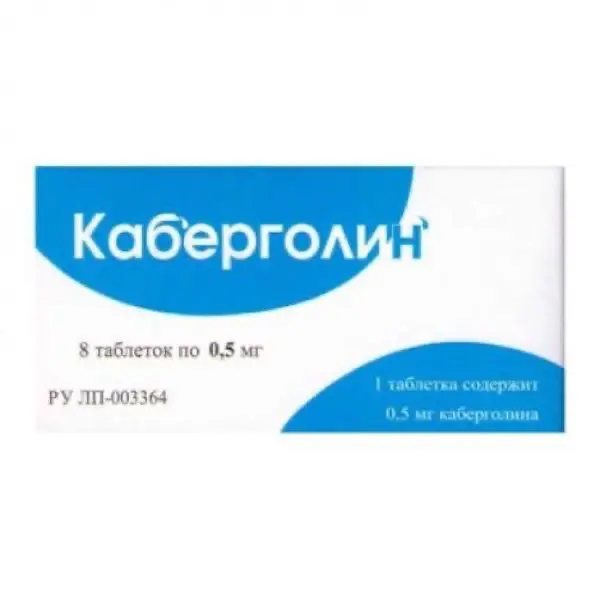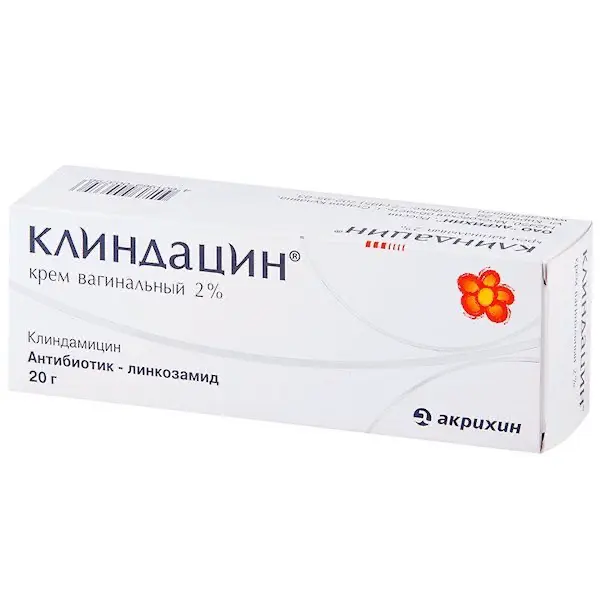Description
Dufaston Pharmacodynamics
Dufaston® (didrogesterone) is an oral progestagen indicated for all cases of endogenous progesterone deficiency. Didrogesterone ensures the onset of the secretion phase in the endometrium, thus reducing the risk of endometrial hyperplasia and/or estrogen-induced carcinogenesis.
It has no estrogenic, androgenic, anabolic or glucocorticosteroid activity.
Didrogesterone is not a contraceptive. The therapeutic effect against the background of taking didrogesterone is achieved without suppressing ovulation.
Indications
Conditions characterized by progesterone deficiency:
-Endometriosis;
-Infertility due to the insufficiency of the luteal phase;
-Threatened abortion;
-Unintended miscarriage;
-Predmenstrual syndrome;
-Dysmenorrhea;
-Irregular menstruation;
-Secondary amenorrhea;
-Dysfunctional uterine bleeding.
Hormone replacement therapy (HRT):
For neutralization of proliferative action of an estrogen on endometrium within the frameworks of ЗГТ in women with the disorders caused by natural or surgical menopause at intact uterus.
Contraindications
-High sensitivity to didrogesterone or other components of the drug.
-Diagnosed or suspected progestagen-dependent neoplasms (e.g., meningioma).
-Vaginal bleeding of unclear etiology.
-Liver function abnormalities due to acute or chronic liver disease, current or in the history (until normalization of liver function tests).
-Cancerous liver tumors, current or in the anamnesis.
-Galactose intolerance, lactase deficiency, glucose-galactose malabsorption syndrome.
Breast-feeding period.
-Porphyria, currently or in the anamnesis.
-Age before 18 years of age, due to lack of efficacy and safety data in adolescent girls under 18 years of age.
When combined with estrogens.
When indicated hormone replacement therapy (HRT) is used:
– Untreated endometrial hyperplasia.
-Arterial and venous thrombosis, thromboembolism at present or in the anamnesis (including deep vein thrombosis, pulmonary embolism, myocardial infarction, thrombophlebitis, cerebrovascular disorders of hemorrhagic and ischemic type).
-Detected predisposition to venous or arterial thrombosis (resistance to activated protein C, hyperhomocysteinemia, antithrombin III deficiency, protein C deficiency, protein S deficiency, antiphospholipid antibodies (antibodies to cardiolipin, lupus anticoagulant).
Dosage and administration
- The drug is taken orally.
- The duration of therapy and doses may be adjusted to suit the severity of the dysfunction (and the individual clinical response of the patient).
- The break line is intended only to make it easier to break the tablet and easy to swallow, not to divide it into equal doses.
- Endometriosis
By 10 mg 2-3 times a day from the 5th to the 25th day of the menstrual cycle or continuously.
Infertility (caused by insufficiency of the luteal phase)
By 10 mg a day from the 14th to the 25th day of a cycle. The treatment should be carried out continuously during at least 6 consecutive cycles. During the first months of pregnancy, it is recommended to continue treatment according to the scheme described for habitual miscarriage. - Threatened abortion 40 mg once, then 10 mg every 8 hours until symptoms disappear.
Habitual miscarriage 10 mg 2 times a day until the 20th week of pregnancy, with subsequent gradual reduction of the dose. - Premenstrual syndrome Take 10 mg 2 times a day from the 11th to the 25th day of the menstrual cycle.
- Dysmenorrhea 10 mg 2 times a day from the 5th to the 25th day of the menstrual cycle.
Irregular menstruation 10 mg 2 times a day from the 11th to the 25th day of the menstrual cycle. - Secondary amenorrhea Estrogen 1 time per day from the 1st to the 25th day of the cycle together with 10 mg of Dufaston® 2 times per day from the 11th to the 25th day of the menstrual cycle.
- Dysfunctional uterine bleeding (to stop bleeding) 10 mg twice daily for 5 or 7 days.
Dysfunctional uterine bleeding (to prevent bleeding) 10 mg twice daily on days 11 to 25 of the menstrual cycle. - ZGT in combination with At continuous consecutive regimen – on 10 mg of estrogen of dydrogesterone per day during 14 consecutive days within a 28-day cycle. At the cyclic scheme of therapy (when estrogens it is applied by 21-day courses with 7-day intervals) – on 10 mg didrogesterone day during last 12-14 days of reception of estrogens. If the patient missed taking the pill, it should be taken as soon as possible, within 12 hours of the usual time of taking it. If more than 12 hours have passed the missed pill should not be taken, and the next day the pill should be taken at the usual time. Skipping the medication may increase the likelihood of “breakthrough” bleeding or “smeary” bleeding. If the biopsy or ultrasound examination indicates an inadequate response to the progestagen drug, the daily dose of didrogesterone should be increased to 20 mg.
- The use of didrogesterone before menarche is not indicated. The safety and effectiveness of didrogesterone in adolescent girls aged 12 to 18 years has not been established. The limited data currently available do not allow recommendations for dosing regimens in patients in this age group.





